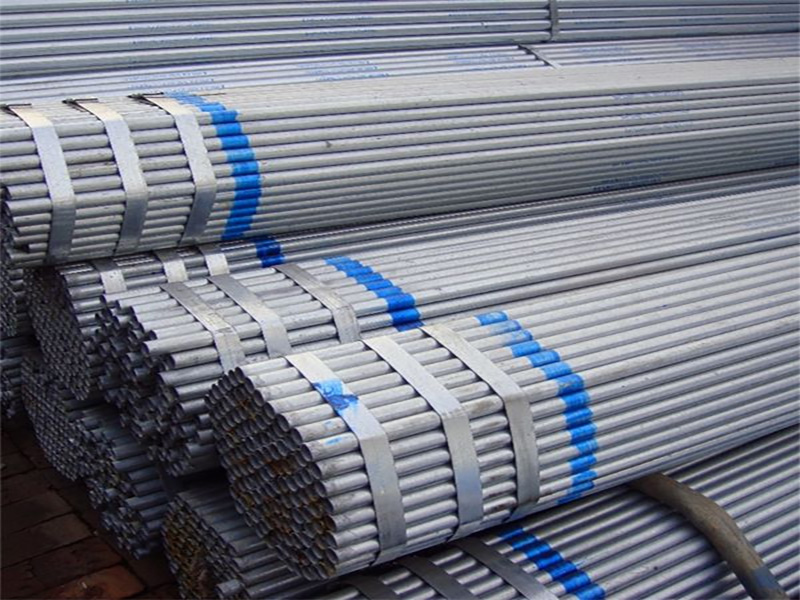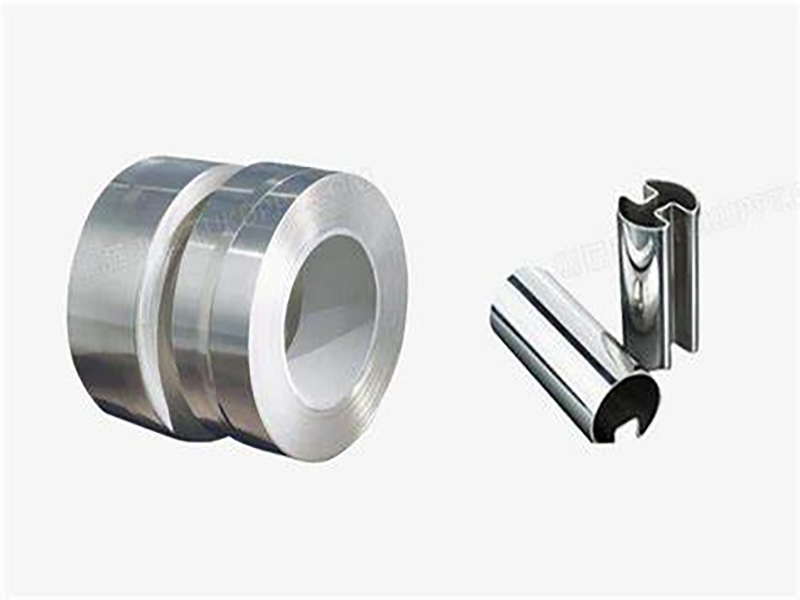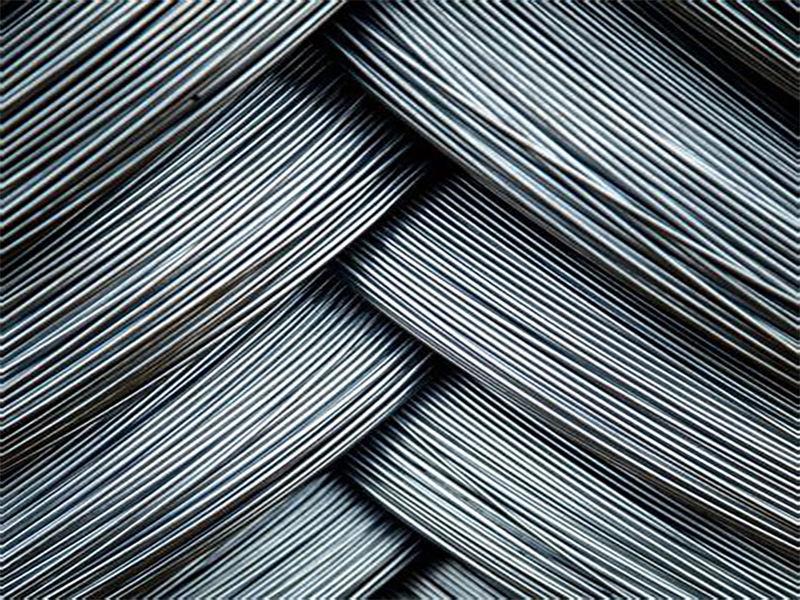

1. Theoretical weight of steel
The theoretical weight of steel is calculated according to the nominal size and density of steel (formerly known as specific gravity), which is called theoretical weight. This is directly related to the length size, section area and allowable deviation of the steel. Due to the allowable deviation of steel in the manufacturing process, the theoretical weight calculated by the formula differs from the actual weight to some extent, so it is only used as a reference for estimation.
2. Actual weight of steel
Actual weight of steel is to point to steel with actual weighing (pound) the weight that gets, call actual weight. The actual weight is more accurate than the theoretical weight.

3. Calculation method of steel weight
Gross weight is the symmetry of “net weight”, which is the total weight of steel itself and packaging materials. Transportation enterprises shall calculate freight by gross weight. But the purchase and sale of steel is calculated by net weight.
Net weight is the symmetry of gross weight. The weight of the steel after subtracting the weight of the packing material, that is, the actual weight, is called the net weight. In the purchase and sale of steel generally by net weight.
The weight of steel packaging material is called tare.
Weight ton is the unit of weight used when calculating freight according to the gross weight of steel. It is legally measured in tons (1,000 kg), long tons (1,016.16 kg in British system) and short tons (907.18kg in U.S. system).
⑸ Charge weight is also called “charge ton” or “freight ton”. The shipping department charges the freight for the weight of steel. Different modes of transport, there are different calculation standards and methods. In the case of complete vehicle transportation by railway, the freight marked load used is generally used as the chargeable weight. Highway transport is the combination of vehicle load tonnage to collect freight. Of railway, highway, criterion with gross weight a certain number of kilograms is at least charge heavy quantity, inadequacy is entered whole.
Steel length size is the most basic size of all kinds of steel, it is to point to the length of steel, width, height, diameter, radius, inner diameter, outer diameter and wall thickness. The legal units of measurement for length of steel are meters (m), centimeters (cm) and millimeters (mm). In current usage, the inch is also used, but it is not a legal unit of measurement.

1. Sizing the scope of steel is an effective measure to save materials. Range measurement is the length or length by width is not less than a certain size, or length, length by width from how much to how many size range delivery. The production unit can produce and supply according to the size requirements.
2. Irregular ruler (usually length) where the product size (length or width), within the scope of the standard, and do not require a fixed size is called irregular ruler. Indefinite length is also called general length (ruler). Metal materials delivered by irregular gauge can be delivered within the specified length range. For example, ordinary round steel no larger than 25mm, whose usual length is defined as 4-10m, then the length of the round steel within this radius can be delivered.
3. Fixed size according to the order requirements cut into a fixed size called fixed size. The metal material to be delivered must be of the length specified by the buyer in the order contract. For example, if the contract states that the goods are delivered at a fixed length of 5m, the materials delivered must all be 5m long. Any material shorter than 5m or longer than 5m is disqualified. But in fact, the delivery can not be 5m long, so it is allowed to have positive deviation, but not negative deviation.
4. Multiple ruler According to the order requirements of the fixed size cut into integer multiple called multiple ruler. The length of metal material to be delivered shall be an integer multiple (plus saws) of the length specified by the buyer in the order contract (called a single length). For example, the buyer requires the length of single ruler to be 2m in the order contract, so the length is 4m when cut into double feet, and 6m when cut into three feet, and one or two saws are added respectively. The amount of saw is specified in the standard. Only positive deviation is allowed, negative deviation is not allowed.
5. If the length of a short ruler is less than the lower limit of indefinite length specified in the standard, but not less than the allowable shortest length, it is called short ruler. For example, it is stipulated in the water and gas transmission steel pipe standard that 10% (calculated by the number of pipes) 2-4m long short steel pipe is allowed in each batch. 4M is the lower limit of indefinite length, and the shortest allowable length is 2m.
6. A narrow ruler whose width is less than the lower limit of variable ruler width specified in the standard, but not less than the allowable narrowest width is called a narrow ruler. When delivering in accordance with the narrow scale, attention must be paid to the proportion of the narrow scale and the minimum scale specified in the relevant standards.

1. Length and size of section steel
The standard length of the train track is 12.5m and 25m.
(2) The dimensions of round steel, wire and steel wire are measured by mm (mm) of diameter D.
(3) The dimension of square steel is measured by millimeters (mm) of side length A.
(4) Hexagonal steel and octagonal steel are calibrated by mm (mm) of the opposite distance s.
⑸ Flat steel dimensions are calibrated in millimeters (mm) of width B and thickness D.
⑹ I-steel, channel steel dimensions to waist height H, leg width B and waist thickness D mm (mm) number of calibration.
The dimensions of ⑺ equilateral Angle steel are measured in millimeters (mm) of equal width B and thickness D. The dimensions of unequal angles are measured in millimeters (mm) of side widths B and B and side thicknesses D.
The dimensions of H-shaped steel are by mm (mm) of web height H, wing width B, web thickness T1 and wing thickness T2.
2. Length and dimension of steel plate and strip
(1) Generally to the thickness of the steel plate D mm (mm) number of calibration. The steel strip is measured in millimeters (mm) of width B and thickness D.
The single steel plate has different sizes, such as hot rolled steel plate: 1mm thick steel plate, width 600× length 2000 mm; 650 x 2000 mm; 700 x 1420 mm; 750 x 1500 mm; 900 x 1800 mm; 1000 x 2000 mm, etc.
3. Length and dimension of steel pipe
(1) The number of mm (mm) of the outer diameter D, inner diameter and wall thickness S of the steel pipe is generally calibrated.
(2) Each steel tube has different sizes, such as seamless steel tube outer diameter of 50mm, wall thickness of 2.5-10mm 15 kinds; Or the same wall thickness 5mm, 32-195mm diameter of 29. And such as welded steel pipe nominal diameter 25mm wall thickness of 3.25mm ordinary steel pipe and 4mm thickened steel pipe.

For Further Details,Please Feel Free To Contact Us: